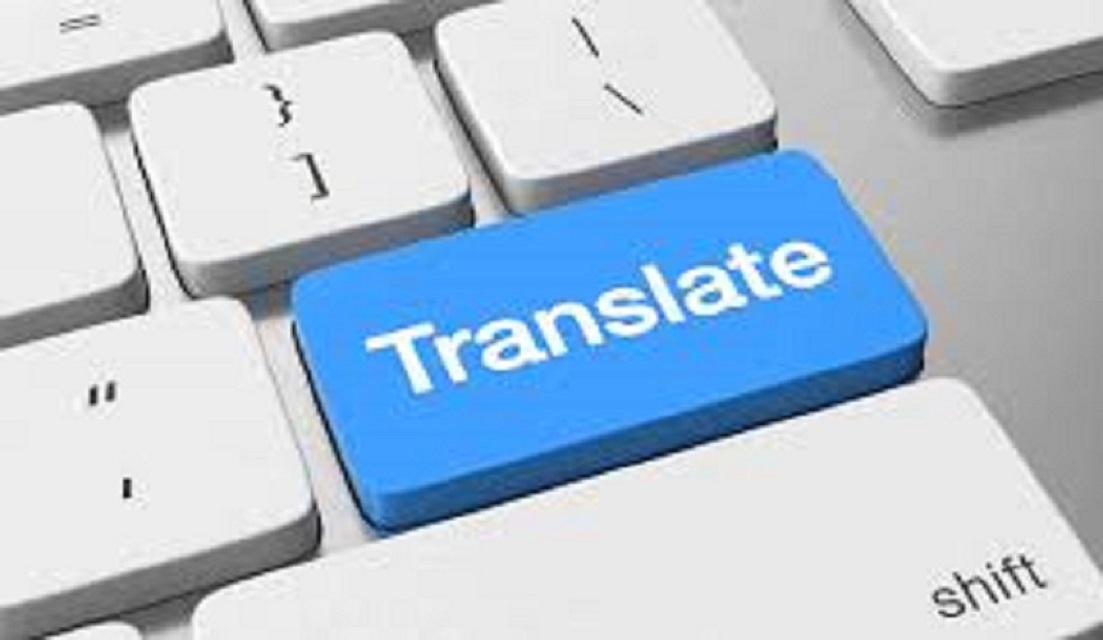Legal translation can be a daunting task, even for seasoned translators. It involves translating legal documents such as contracts, agreements, patents, and other legal papers from one language to another. Translating legal documents requires attention to detail, an understanding of legal terminology, and knowledge of the legal system in both the source and target languages. In this article, we will discuss the steps you should take when translating a legal document. Alternatively, you can contact a renowned translation services provider for additional details.
What is Legal Translation?
Legal translation is the translation of documents related to the legal system. It involves translating legal terms, concepts, and systems from one language to another. The translator must have a deep understanding of the legal systems of both the source and target languages. Legal translation is a critical process that ensures that legal documents are understood by all parties involved, regardless of their native language.
Steps to Translating a Legal Document:
Step 1: Choose the Right Translator
Translating legal documents requires a skilled translator who has a deep understanding of both the source and target languages. When choosing a translator, look for someone who is not only fluent in the languages involved but also has experience in translating legal documents. A professional translating service that specializes in legal translation can be a valuable asset in this regard.
Step 2: Identify the Type of Legal Document
Legal documents come in many different forms, each with its own unique requirements. Before translating a legal document, it's essential to identify the type of document you're dealing with. Is it a contract, a patent, or an agreement? Each type of legal document has its own terminology and requirements, and understanding them is critical to producing an accurate translation.
Step 3: Understand the Legal Terminology
Legal terminology can be complex and nuanced. It's crucial to understand the legal terminology in both the source and target languages to ensure an accurate translation. A professional translator with legal expertise can be a valuable resource in this regard. They can help you understand the legal terminology and ensure that the translation accurately reflects the legal terms used in the source document.
Step 4: Research the Legal Systems Involved
Legal systems can differ greatly from one country to another. When translating a legal document, it's essential to understand the legal systems involved in both the source and target countries. This includes understanding the legal requirements for the document, as well as the legal procedures that may be involved in the document's use. A professional translator with experience in legal translation can help you understand the legal systems involved and ensure that the translation meets all legal requirements.
Step 5: Maintain Confidentiality
Legal documents often contain sensitive information that should be kept confidential. When translating a legal document, it's essential to maintain confidentiality throughout the translation process. This includes taking steps to protect the document from unauthorized access and ensuring that the translation is only shared with those who have a legitimate need to know.
Step 6: Review and Revise the Translation
Once the translation is complete, it's essential to review and revise it carefully. This includes comparing the translation to the source document to ensure that all the necessary information has been included. It's also important to check the translation for accuracy and to ensure that it meets all legal requirements. A professional translating service can provide quality assurance by having a second translator review the translation for accuracy.
Step 7: Obtain Certification and Legalization
In some cases, legal documents may require certification and legalization. Certification involves having the translator sign a statement attesting to the accuracy of the translation. Legalization involves having the document authenticated by a government agency, such as a consulate or embassy. A professional translating service can provide certification and legalization services to ensure that the document meets all legal requirements.


No comments yet